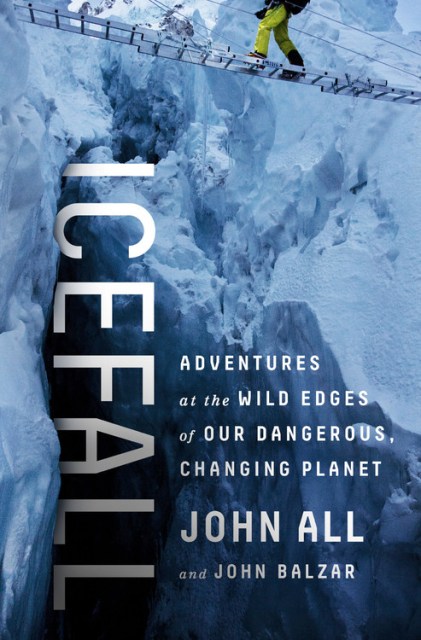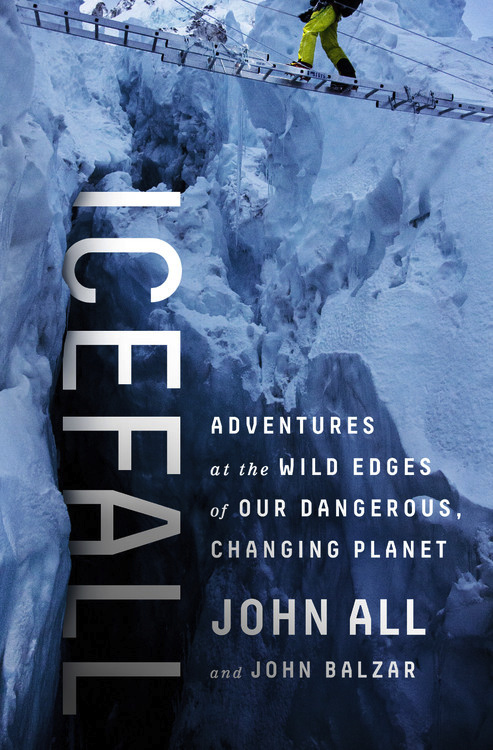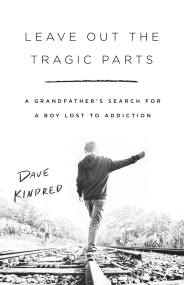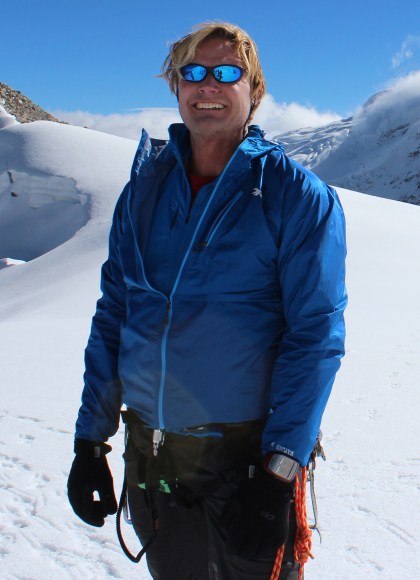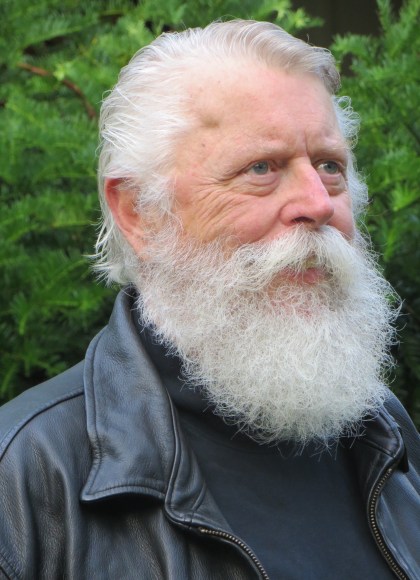Promotion
Use code MOM24 for 20% off site wide + free shipping over $45
Icefall
Adventures at the Wild Edges of Our Dangerous, Changing Planet
Contributors
By John All
By John Balzar
Formats and Prices
Price
$26.99Price
$34.99 CADFormat
Format:
- Hardcover $26.99 $34.99 CAD
- ebook $16.99 $21.99 CAD
This item is a preorder. Your payment method will be charged immediately, and the product is expected to ship on or around March 14, 2017. This date is subject to change due to shipping delays beyond our control.
Also available from:
In May 2014, the mountaineer and scientist John All plunged into a crevasse in the Himalayas, a fall that all but killed him. He recorded a series of dramatic videos as he struggled to climb seven stories back up to the surface with a severely dislocated shoulder, internal bleeding, a battered face covered in blood, and fifteen broken bones–including six cracked vertebrae. The videos became a viral sensation, an urgent and gripping dispatch from one of the least-known extremes of the planet.
Yet this climb for his life is only the latest of John All’s adventures in some of Earth’s most hostile climates. He has also been chased by a wild hyena, scaled Everest, and narrowly missed being hit by an avalanche, all in pursuit of his true calling: the study of how we can master the challenge of our world’s changing climate. Icefall is a thrilling adventure story and a report from the extremes of the planet, taking you to collapsing Andean glaciers, hidden jungles in Honduras, and the highest points on Earth. In this gripping account, our changing climate is not a matter of politics; it’s a matter of life and death and the human will to survive and thrive in the face of it.
Genre:
- On Sale
- Mar 14, 2017
- Page Count
- 248 pages
- Publisher
- PublicAffairs
- ISBN-13
- 9781610396936
Newsletter Signup
By clicking ‘Sign Up,’ I acknowledge that I have read and agree to Hachette Book Group’s Privacy Policy and Terms of Use
